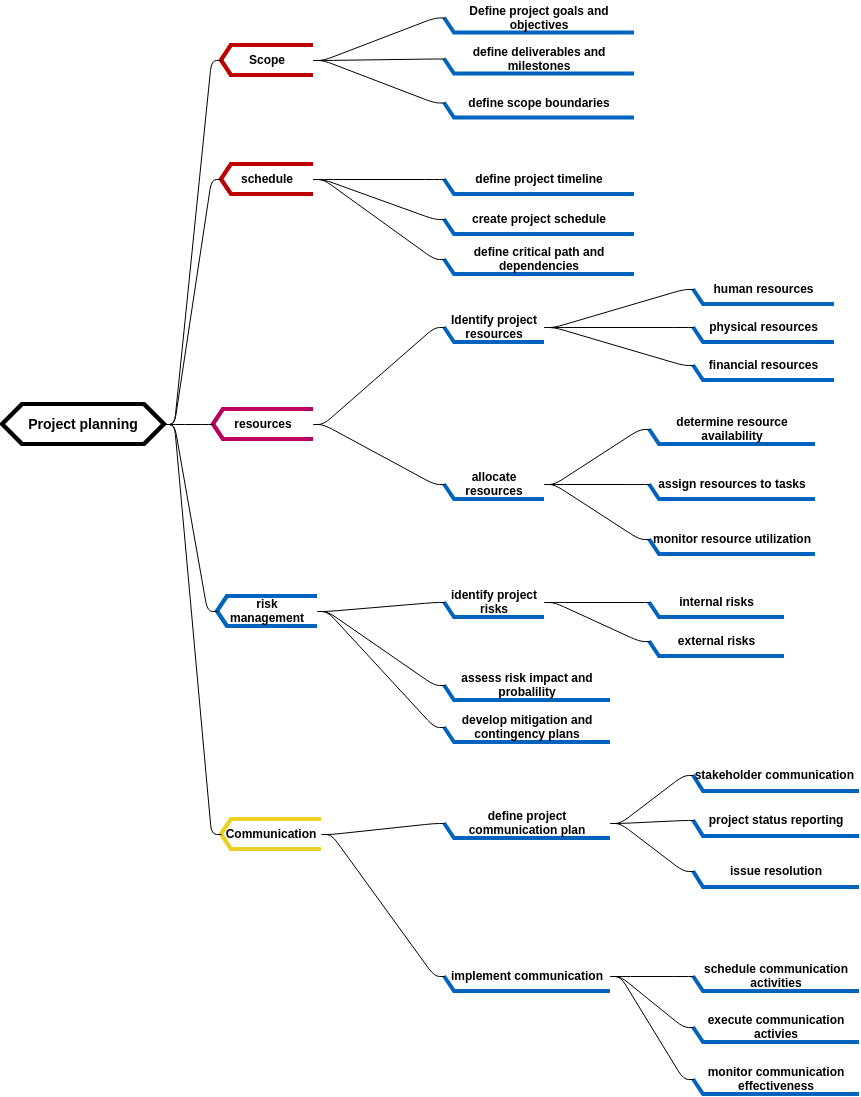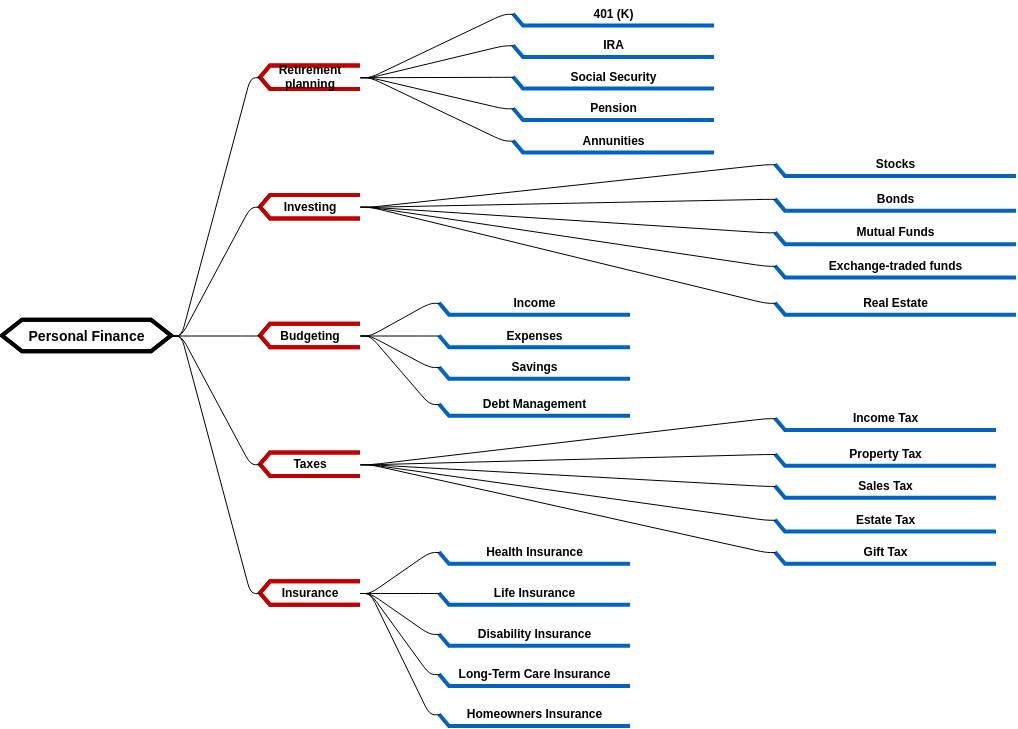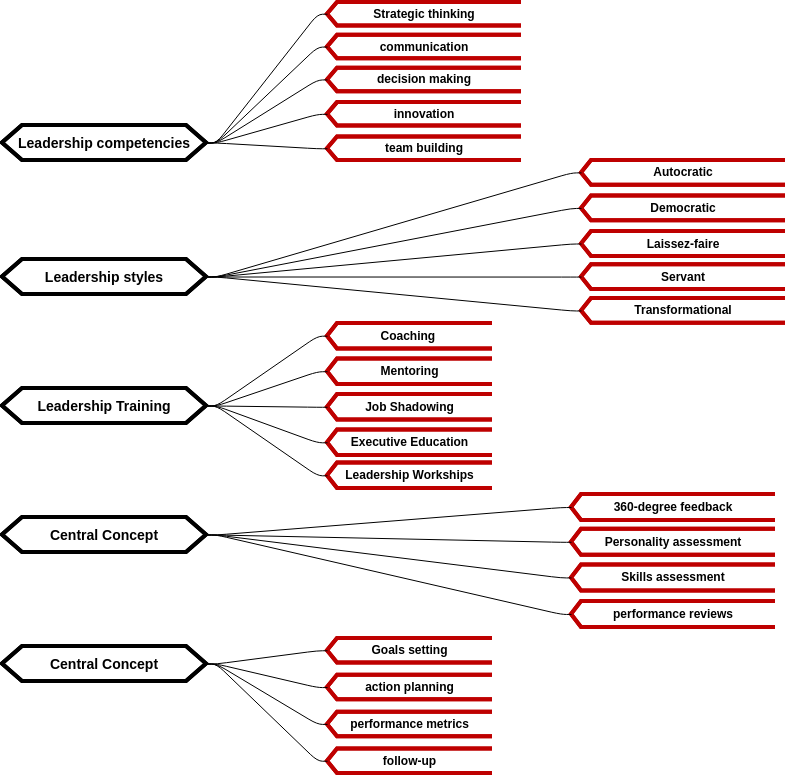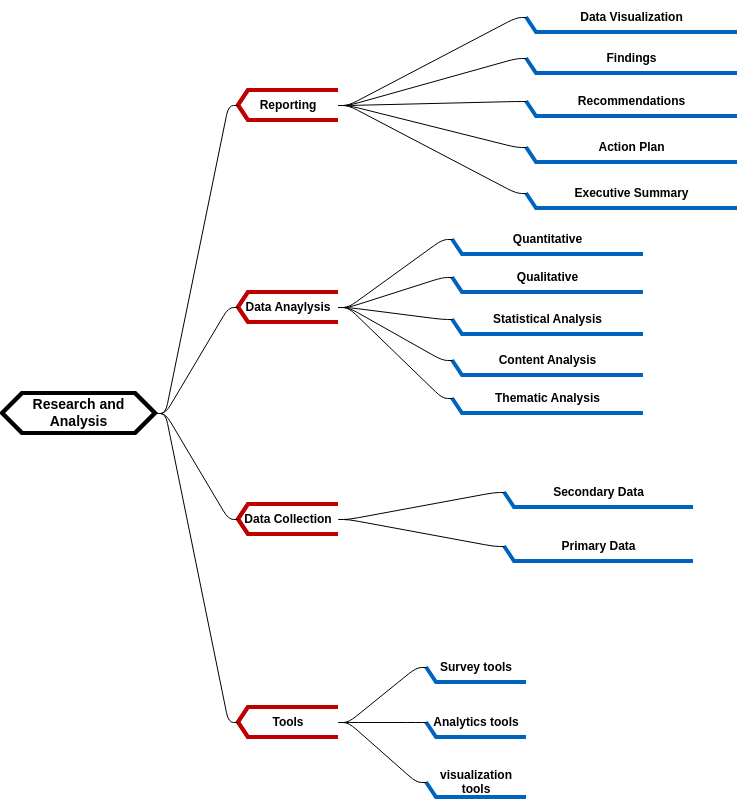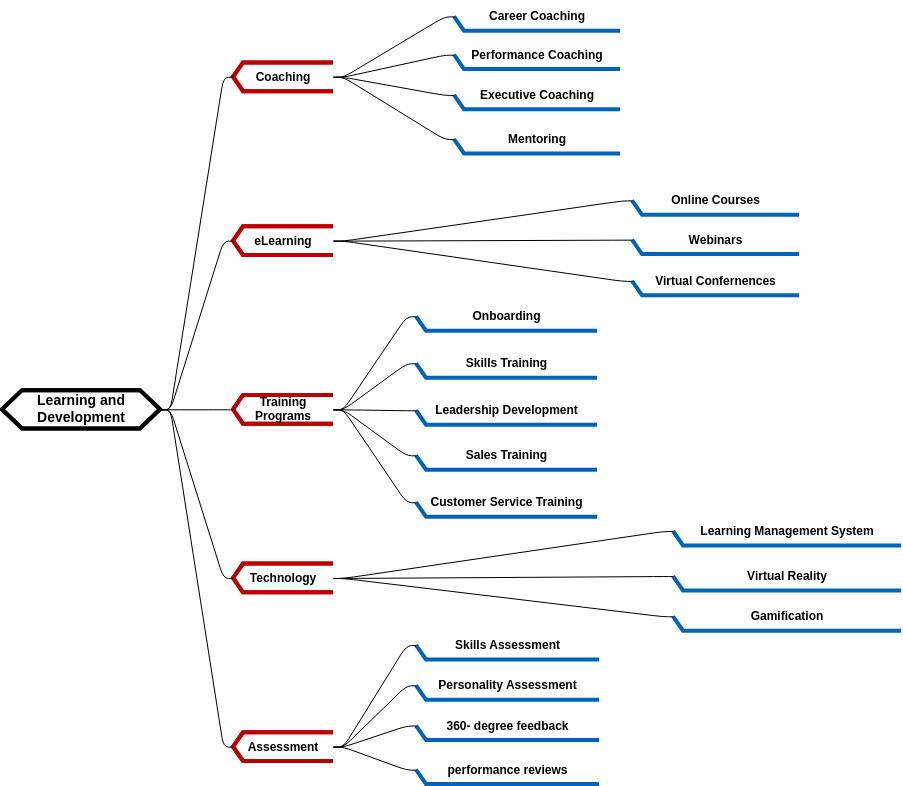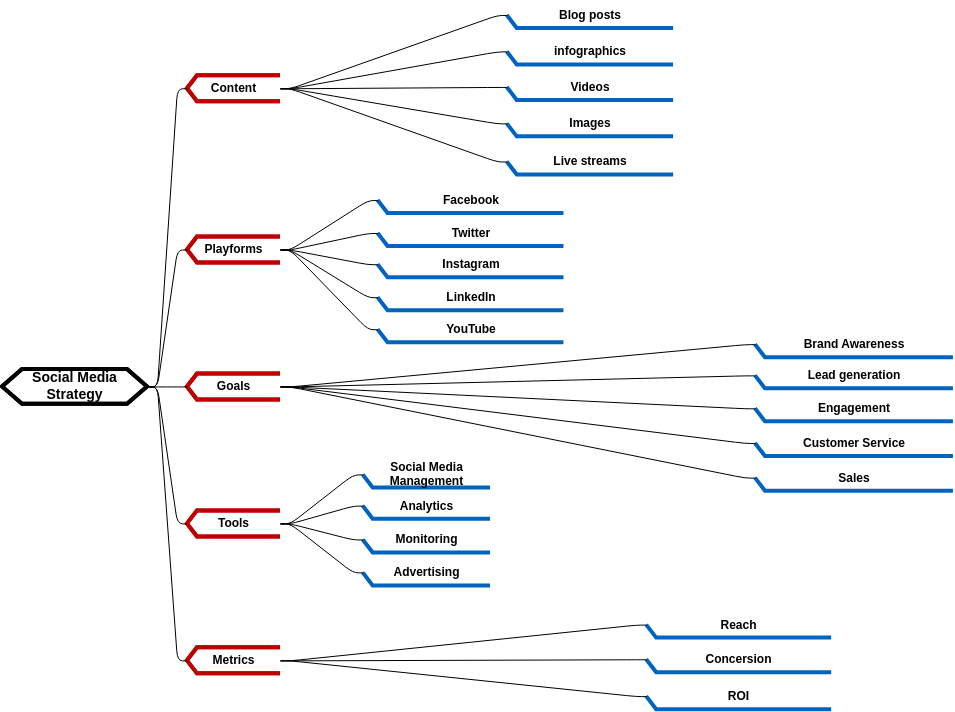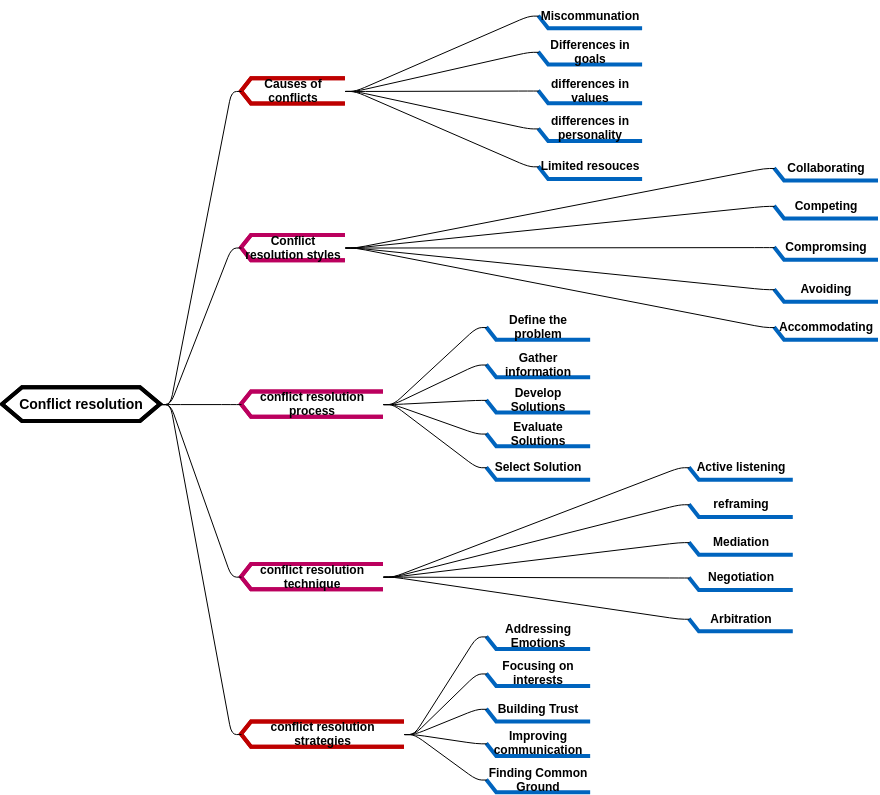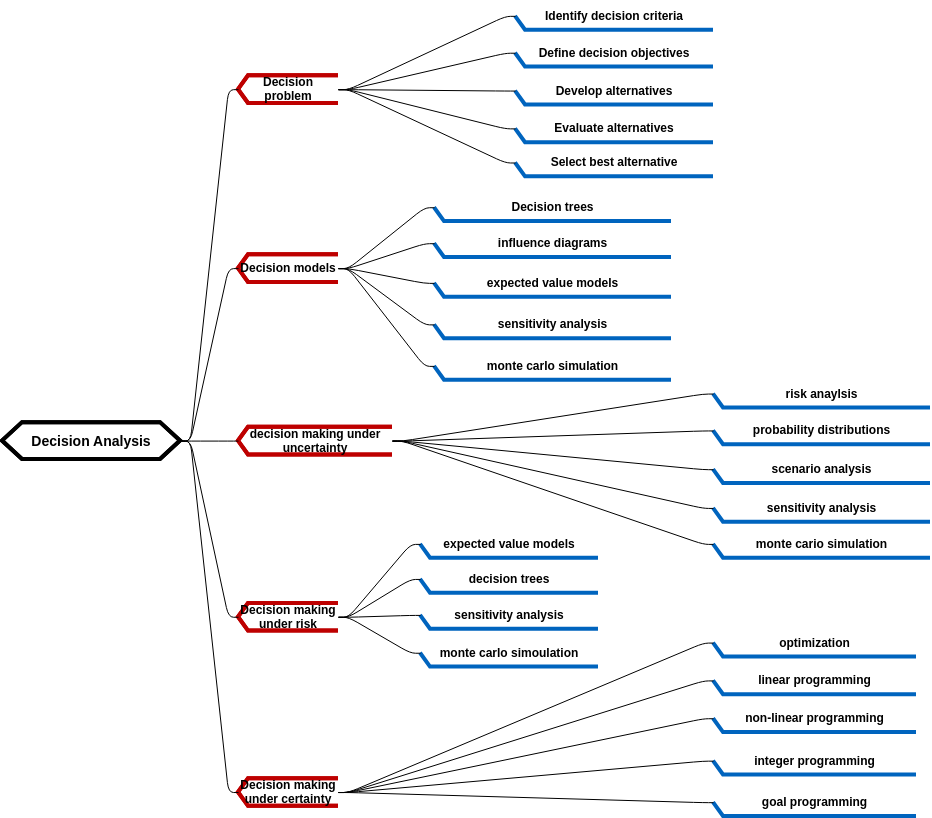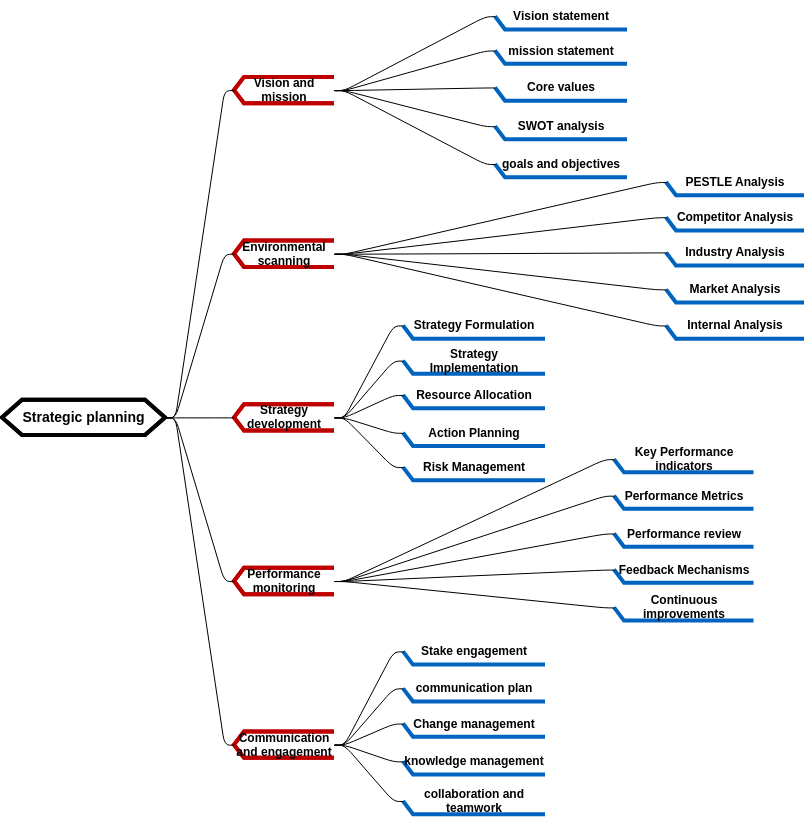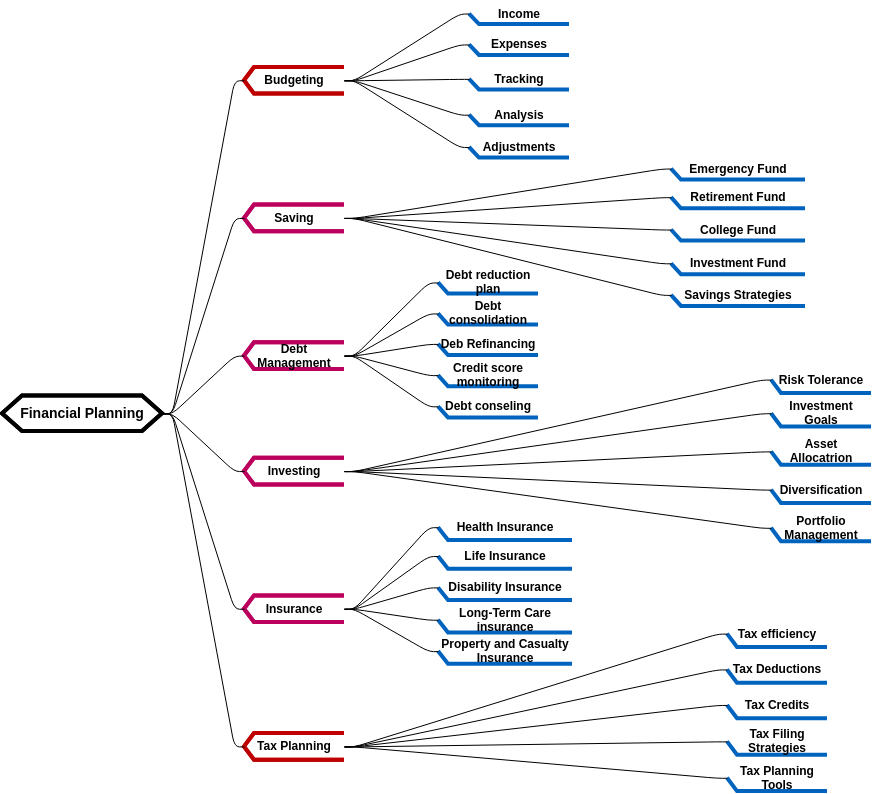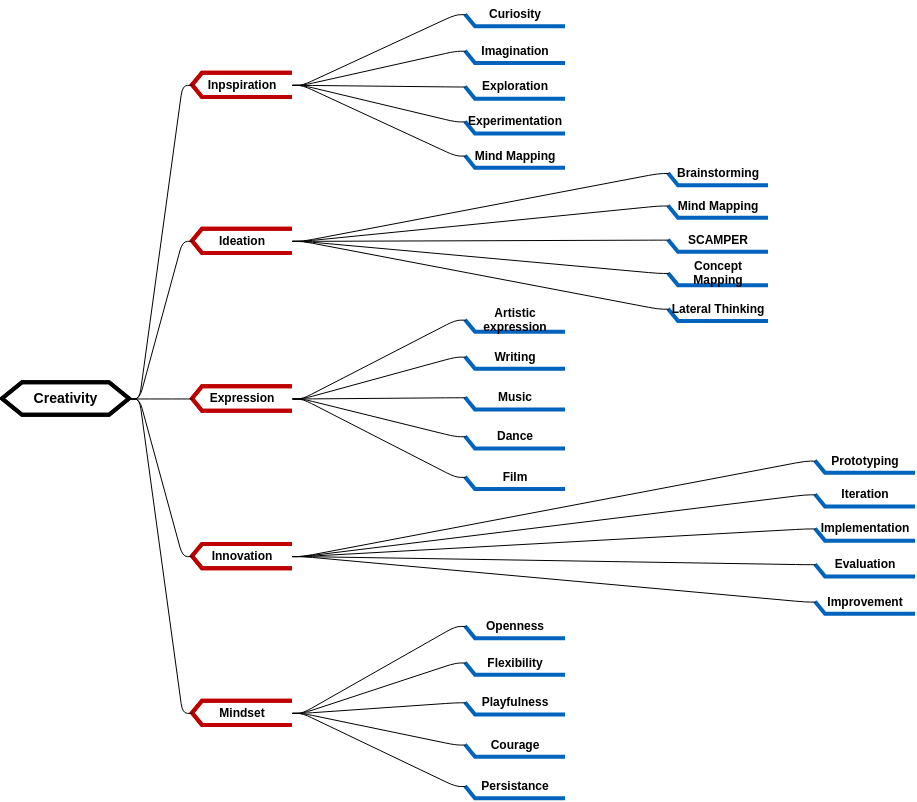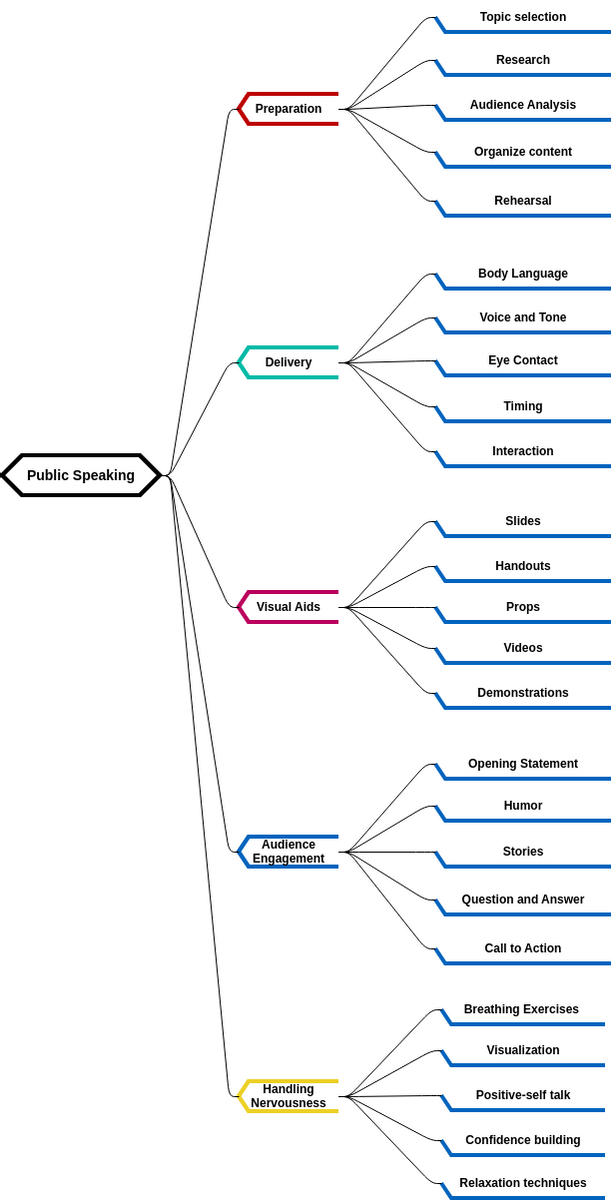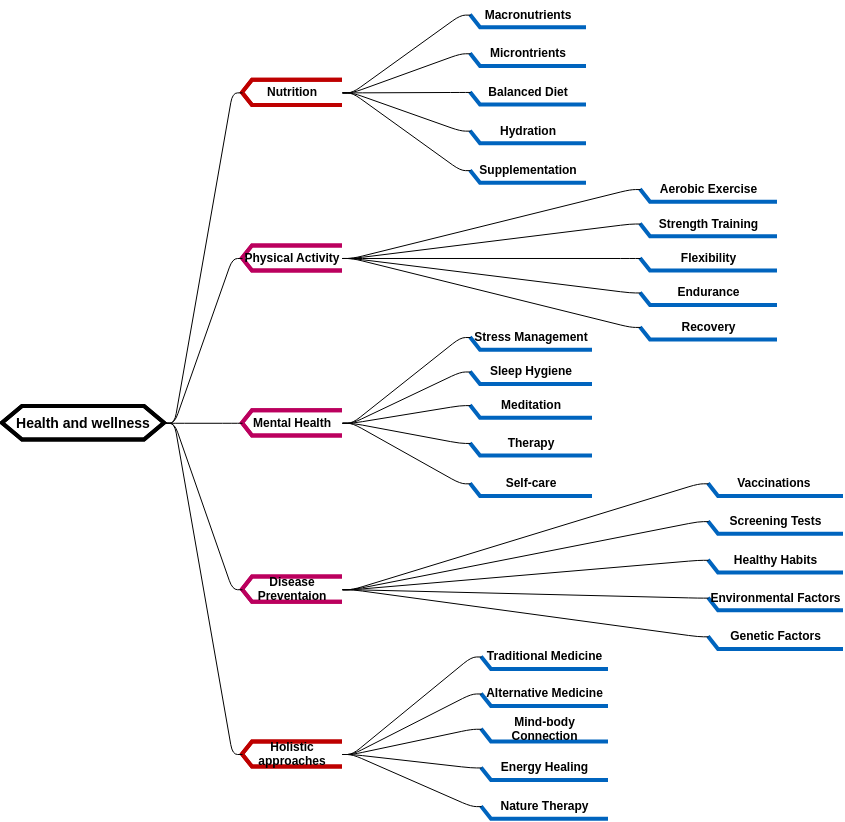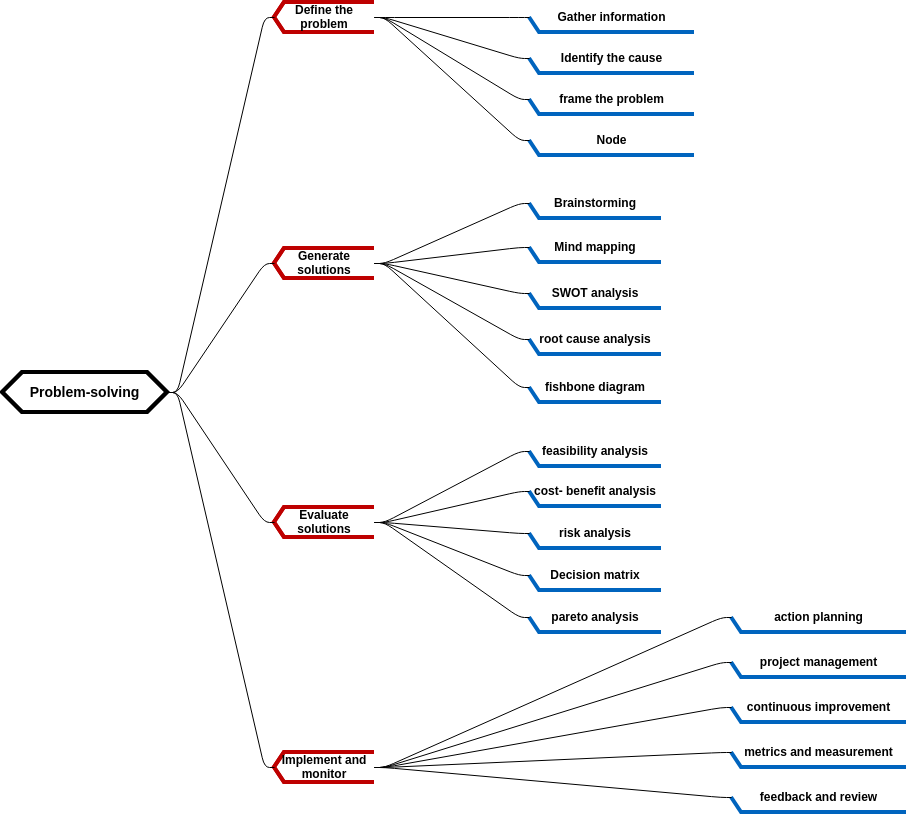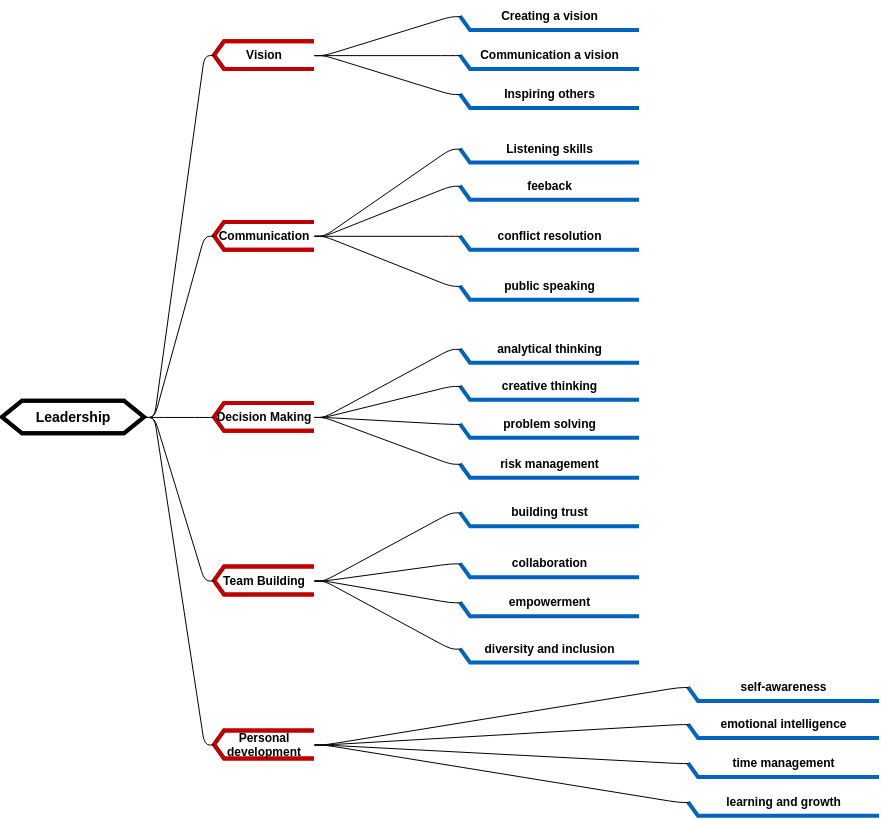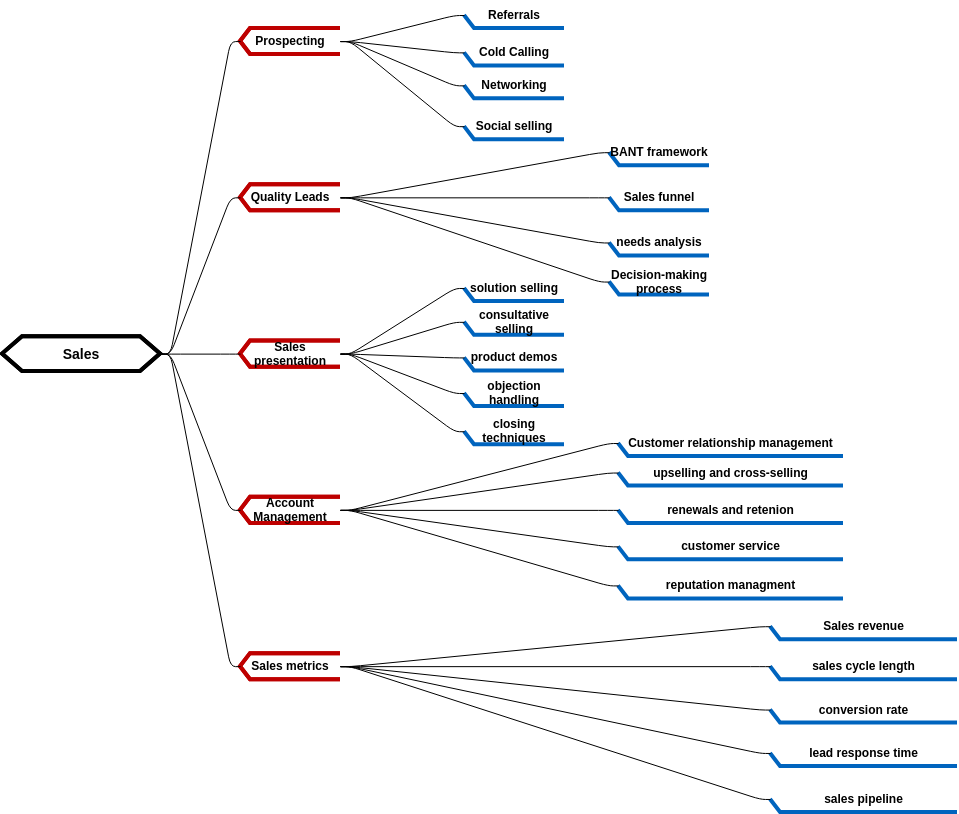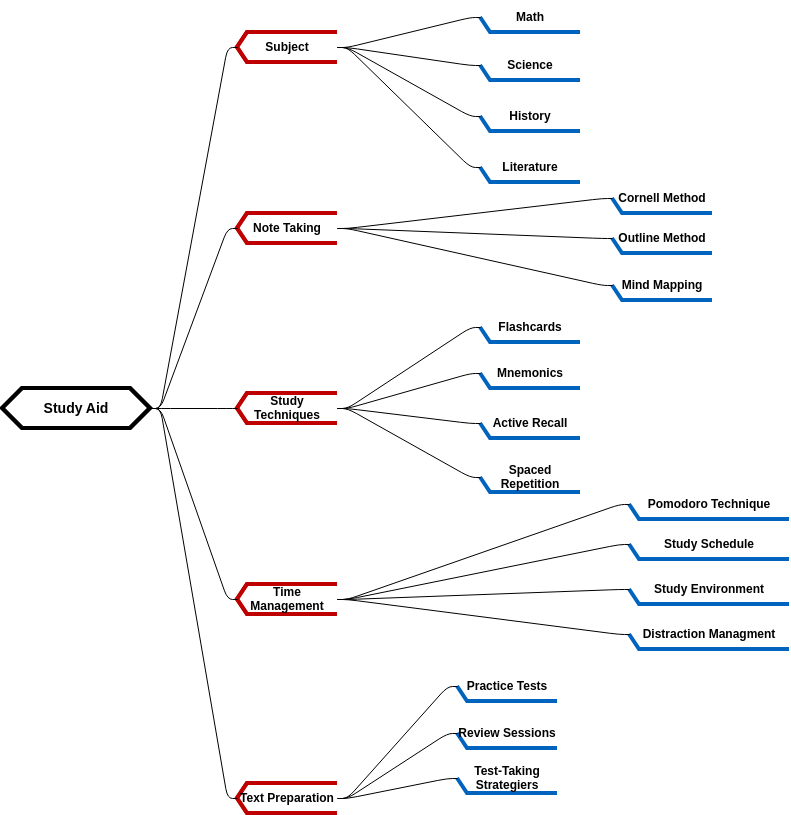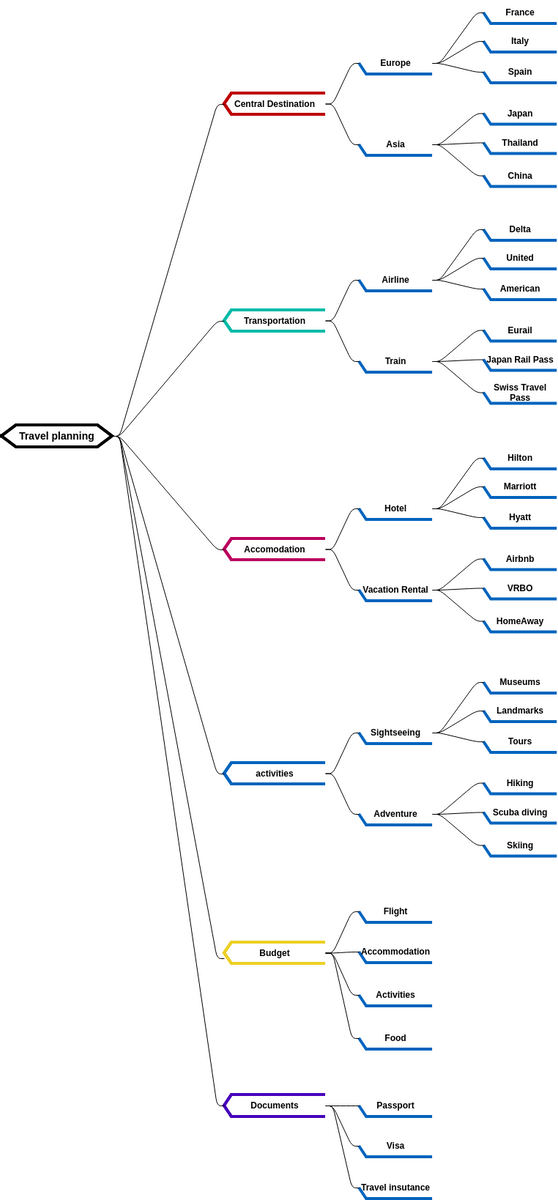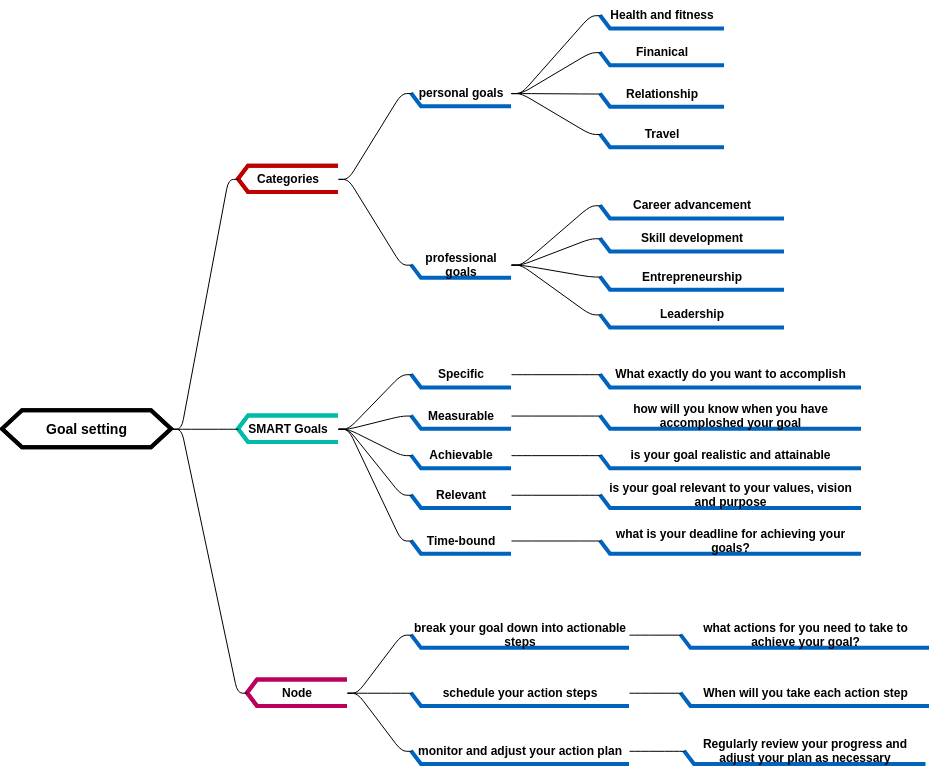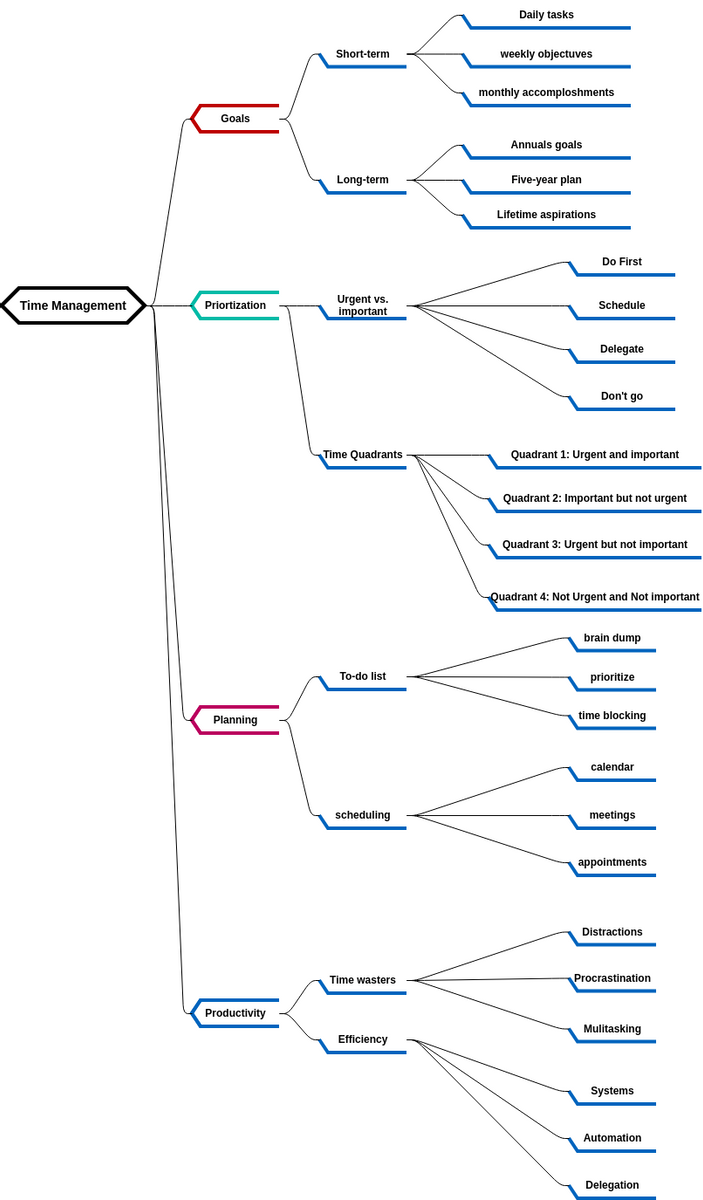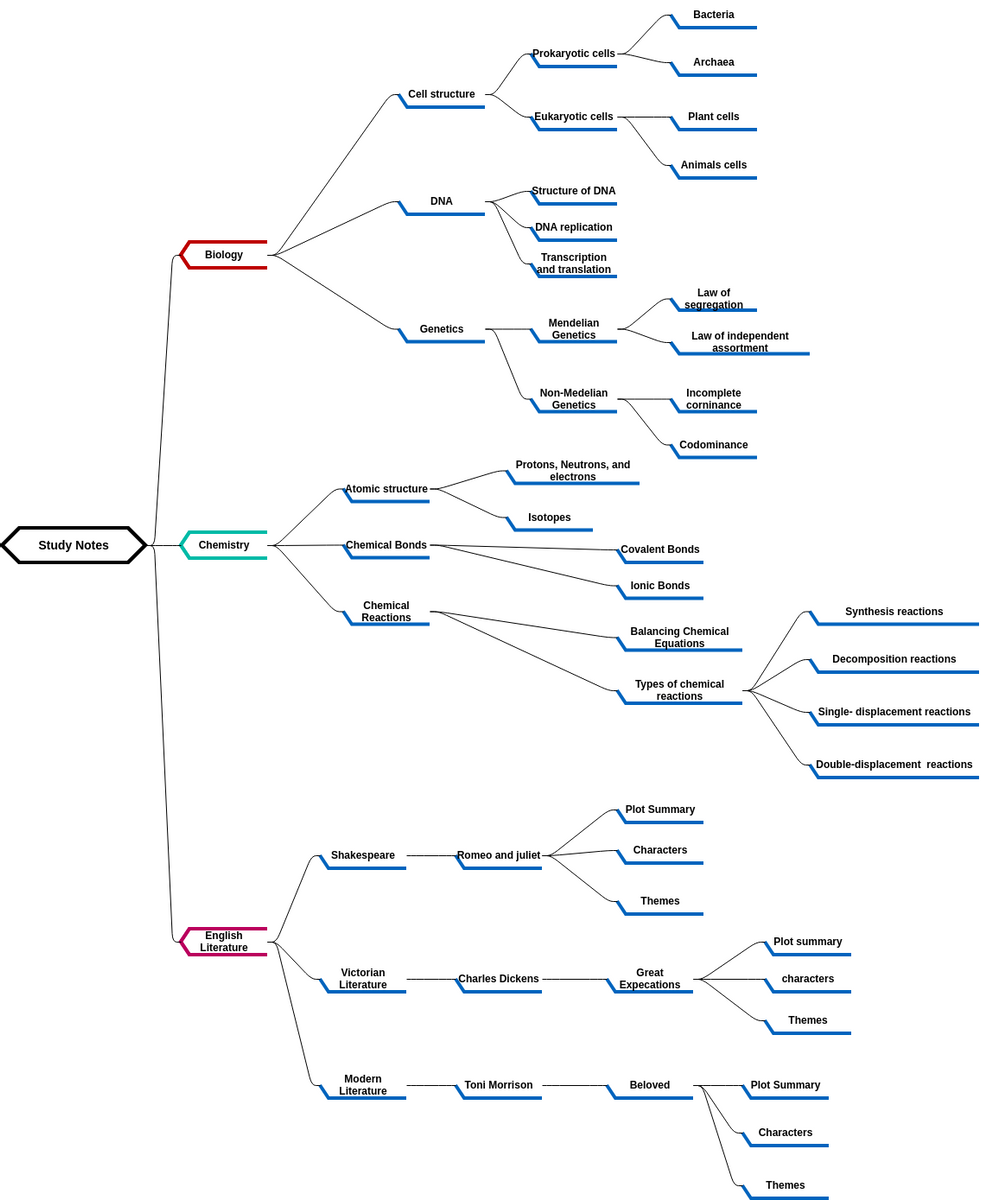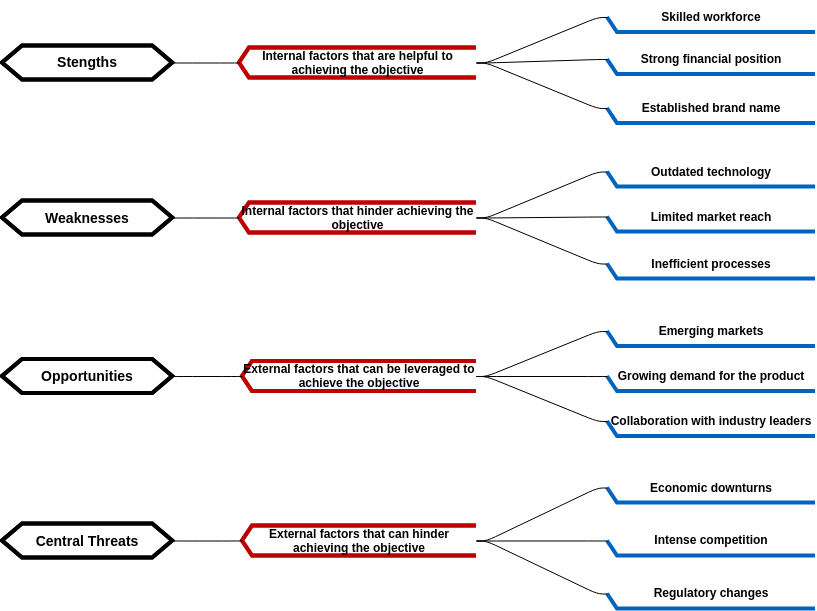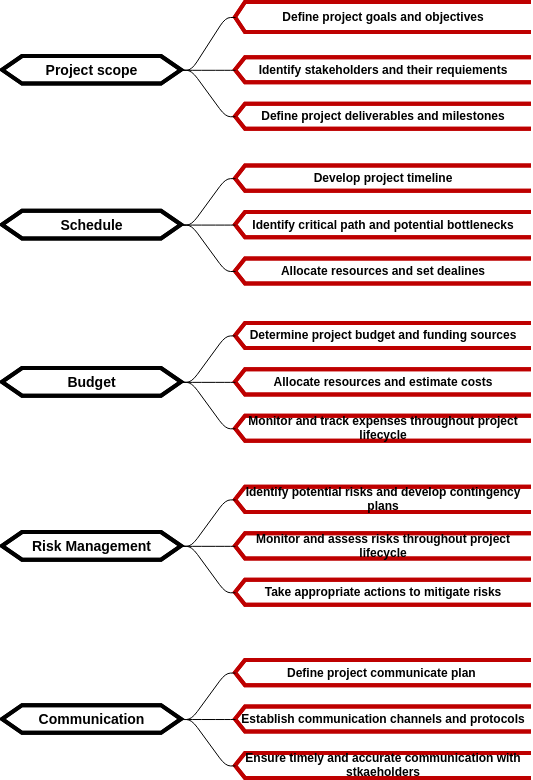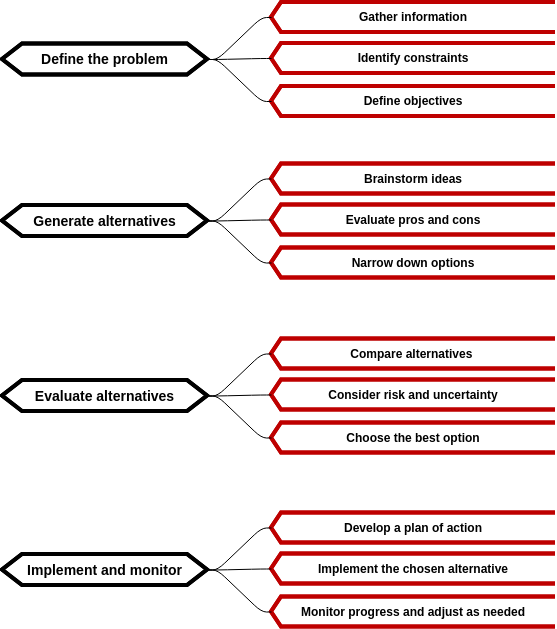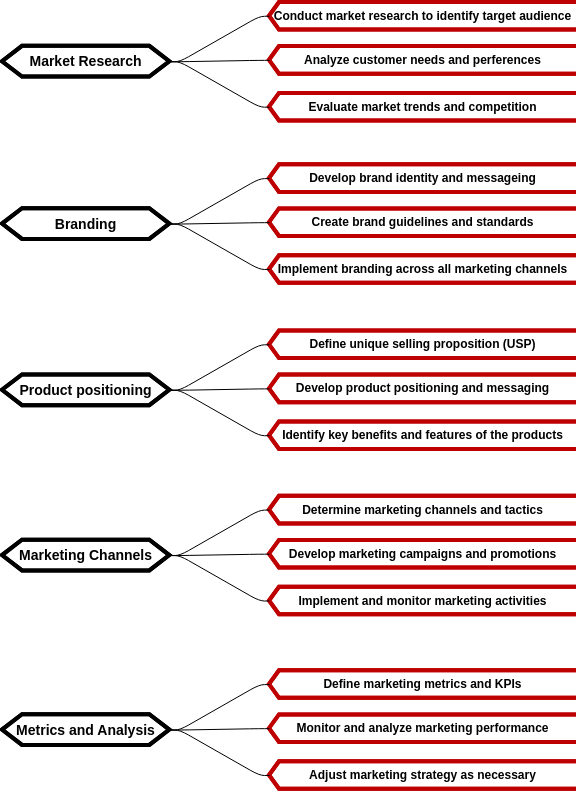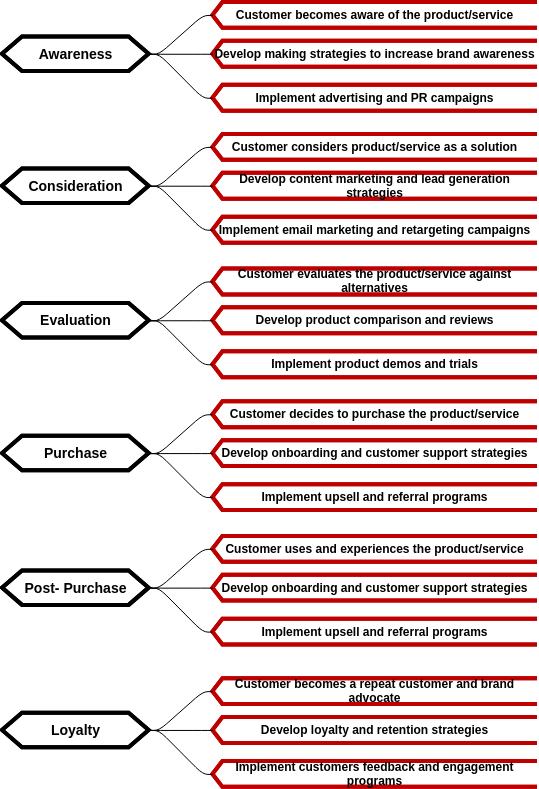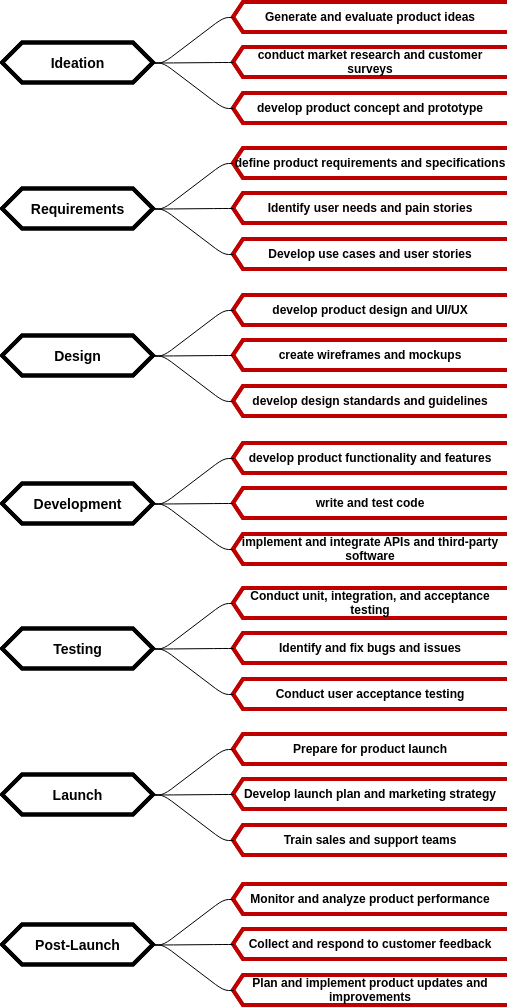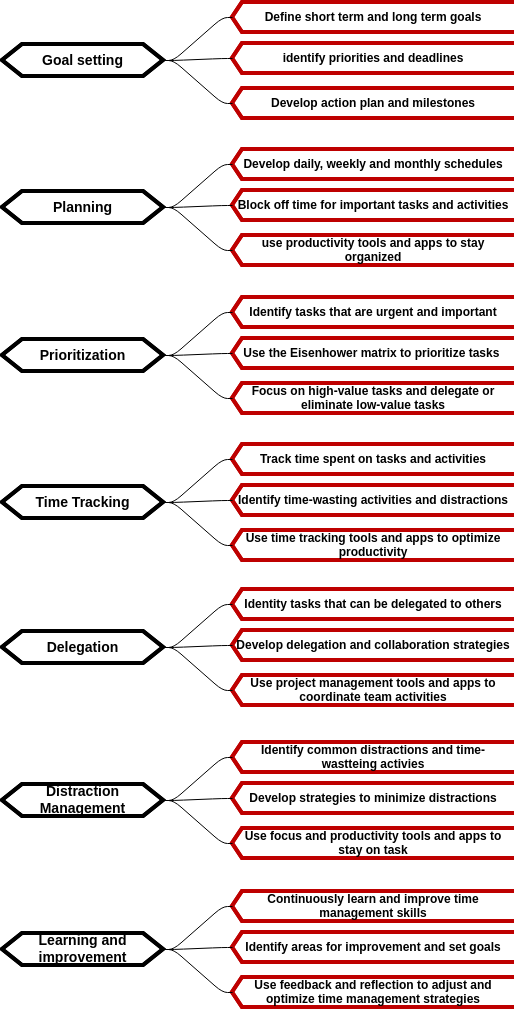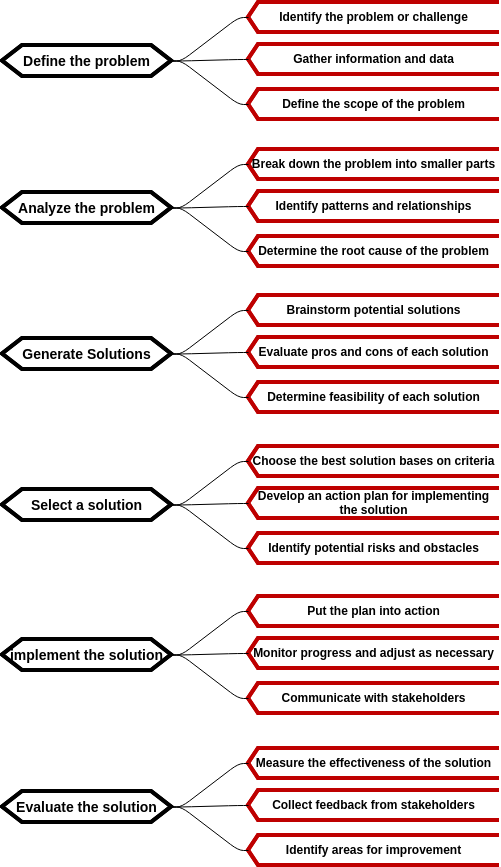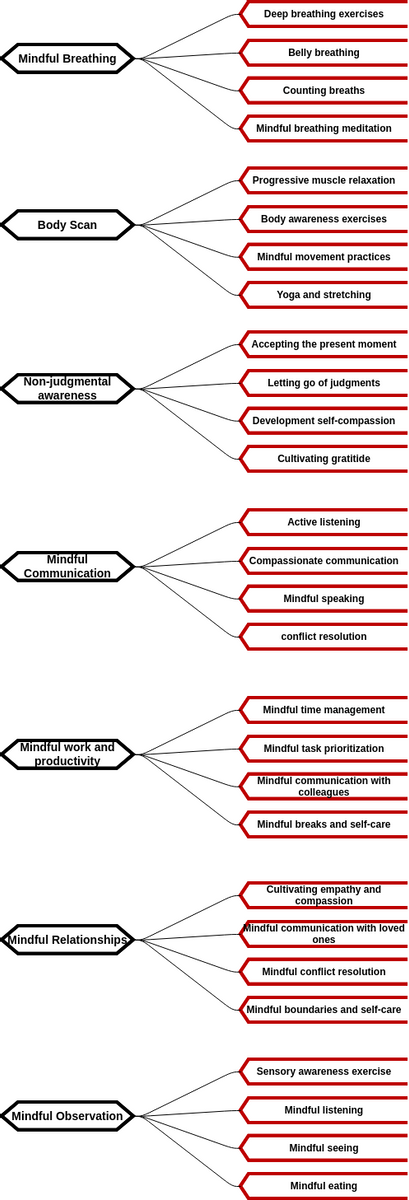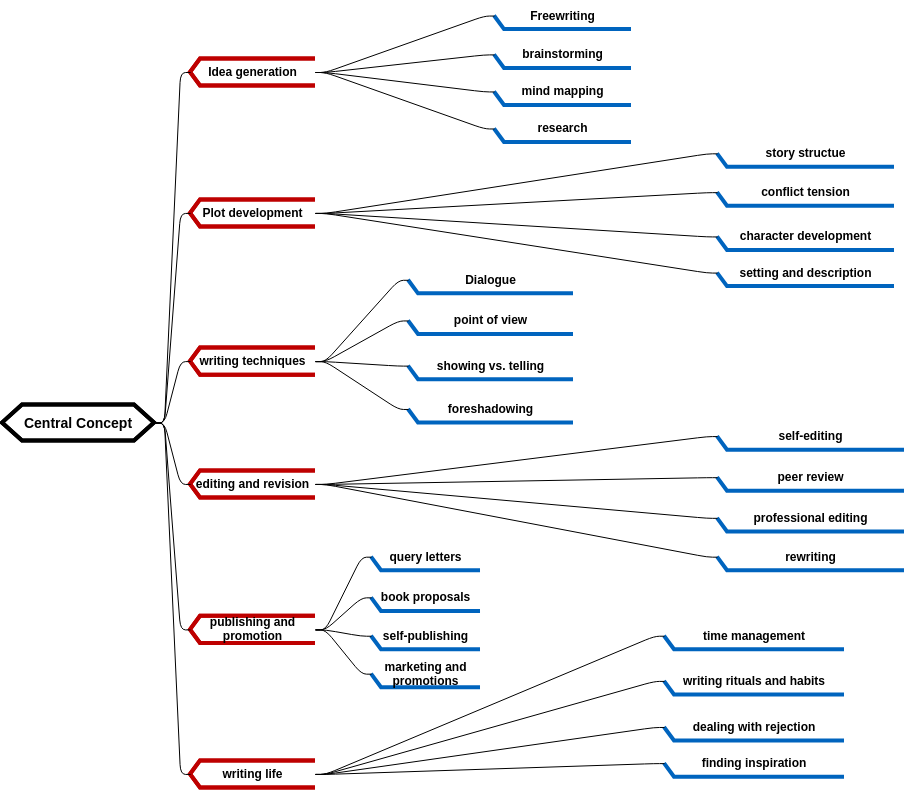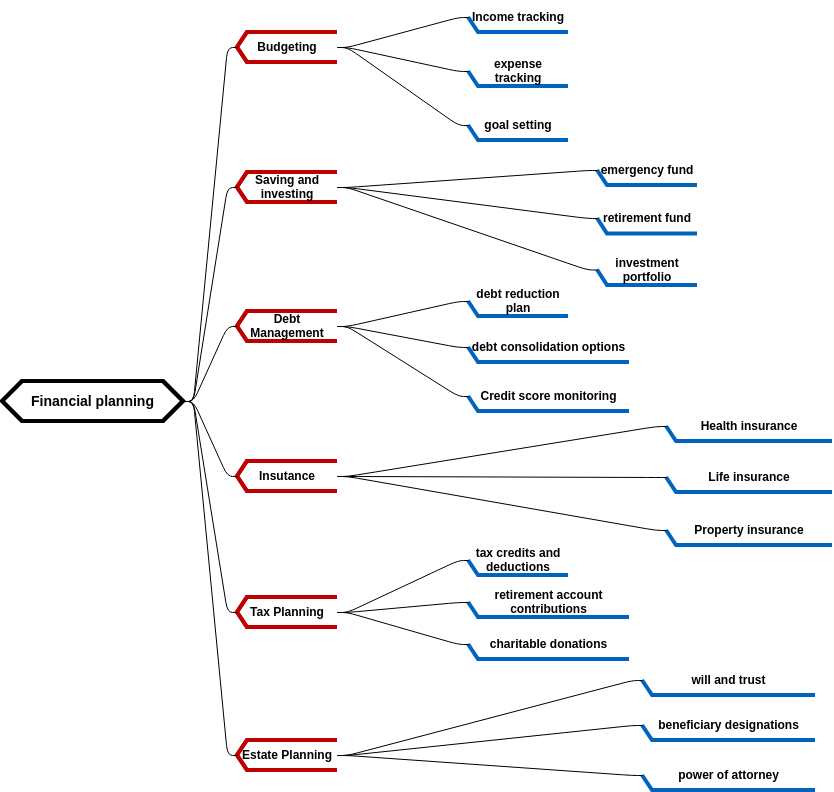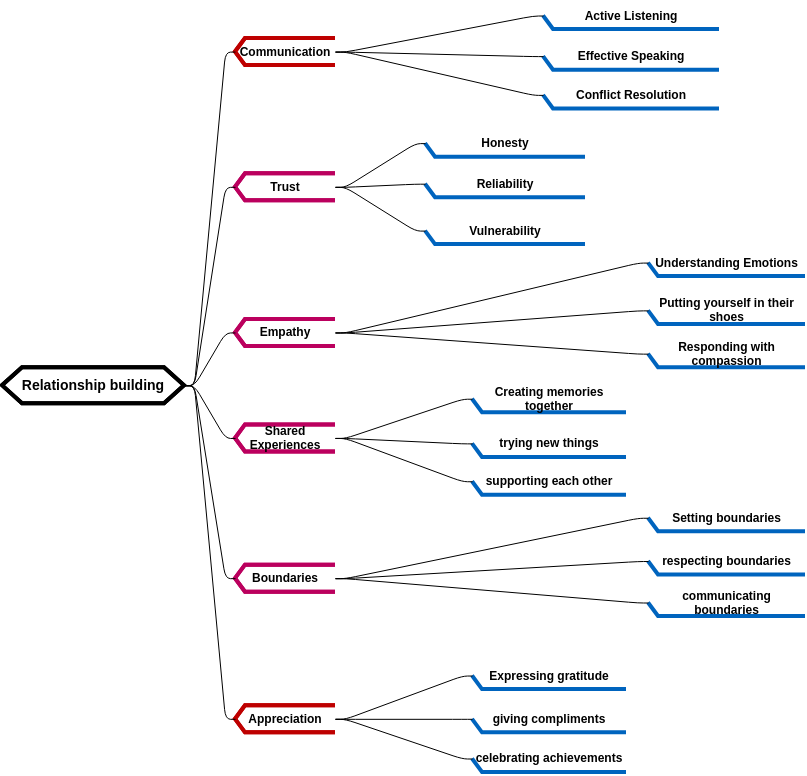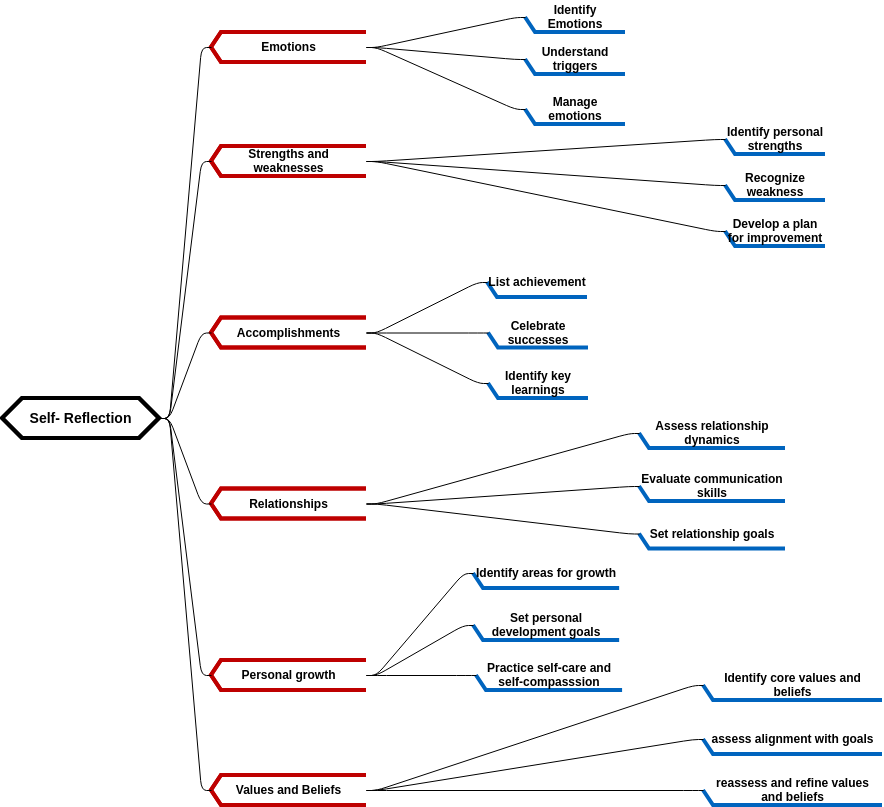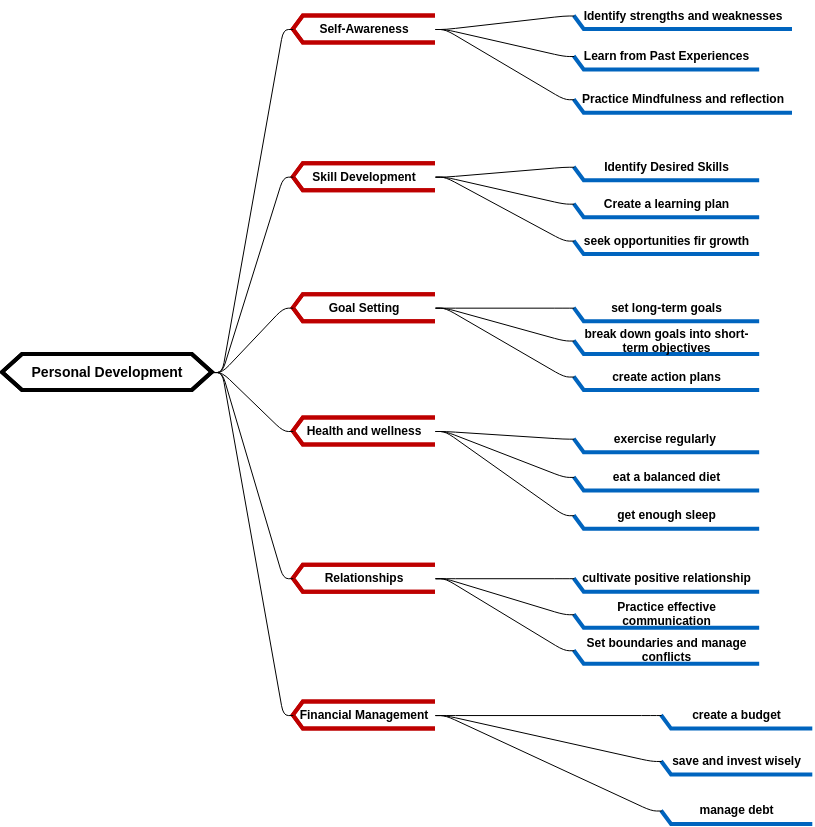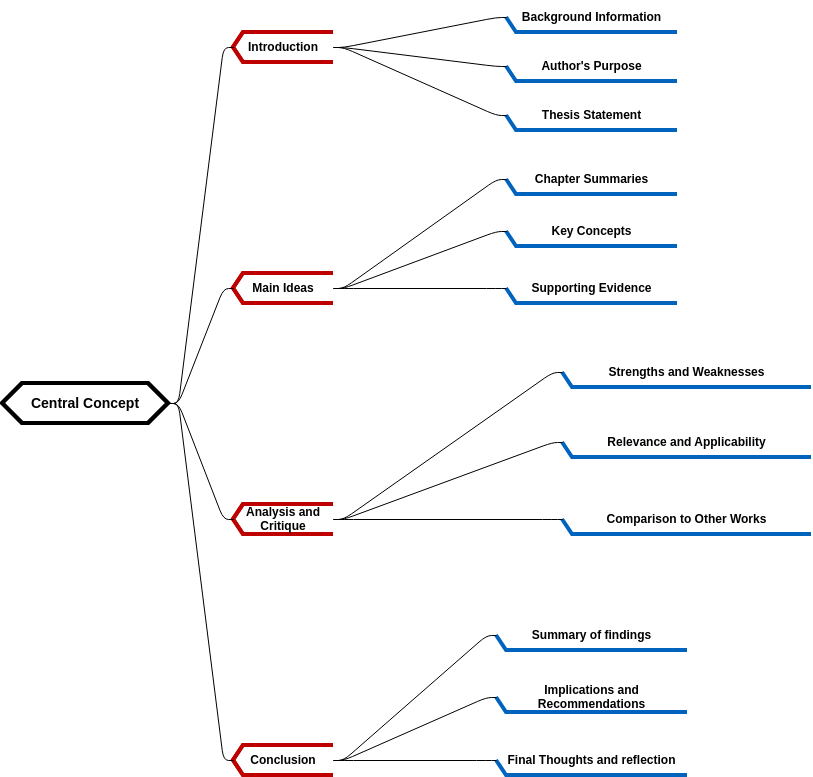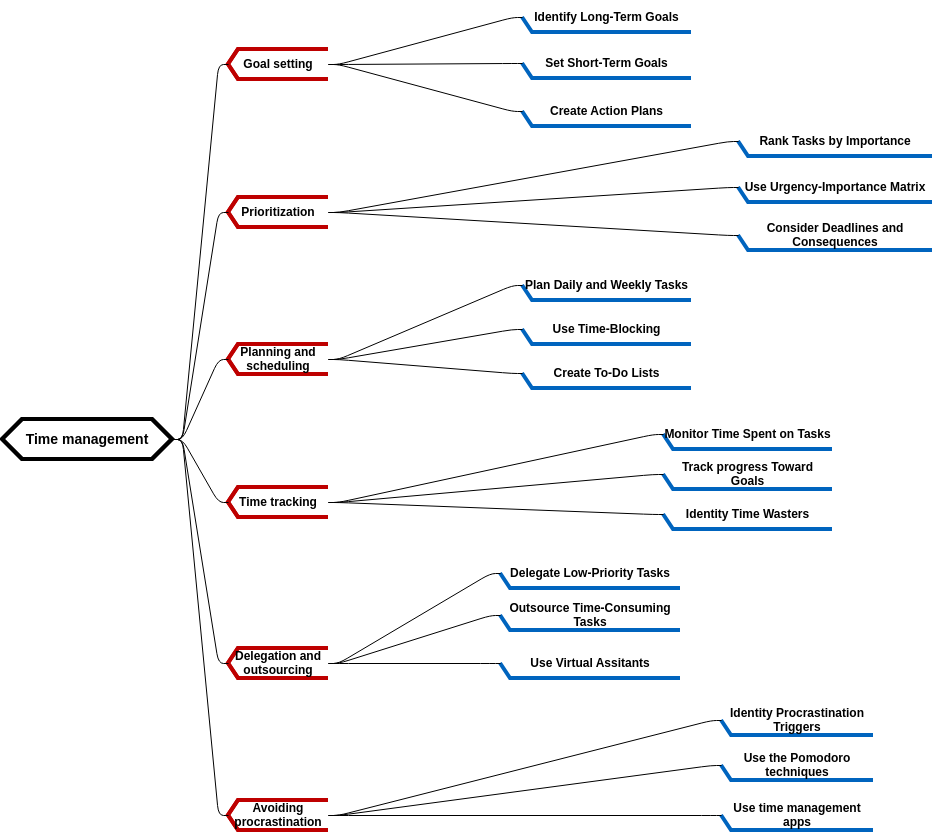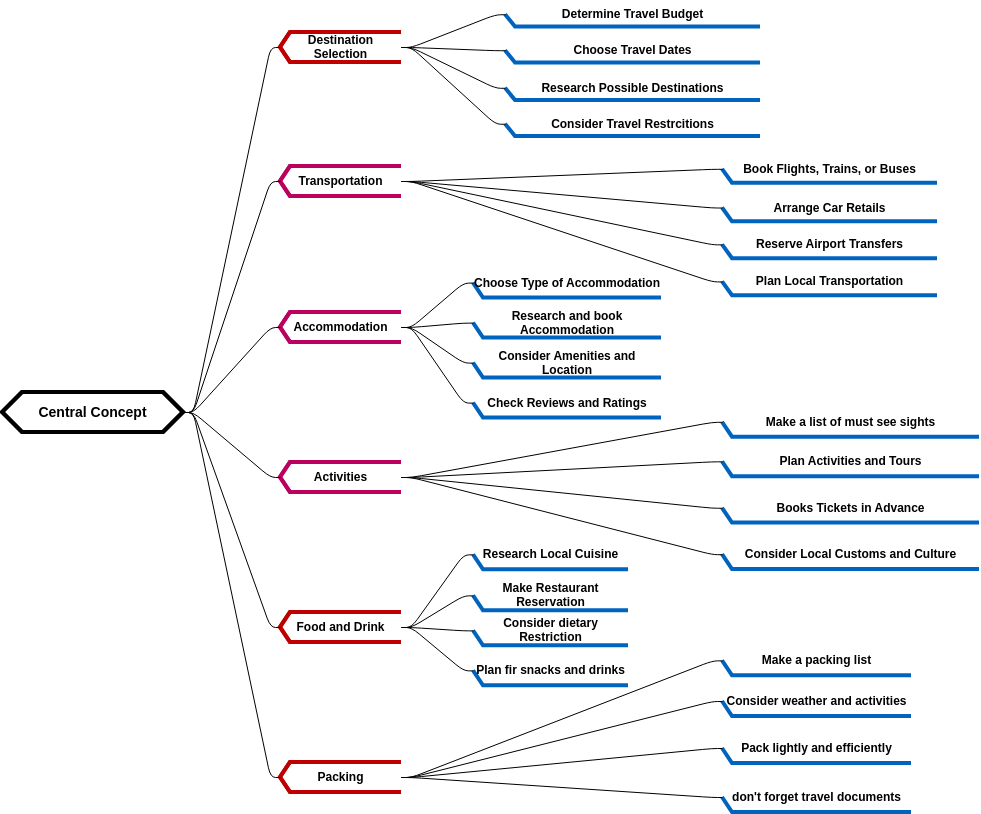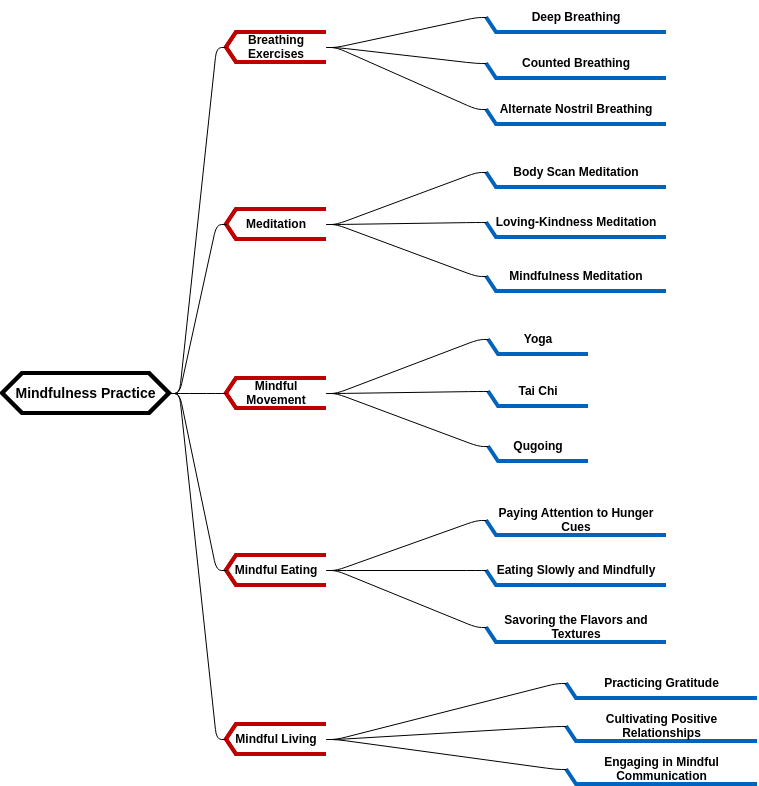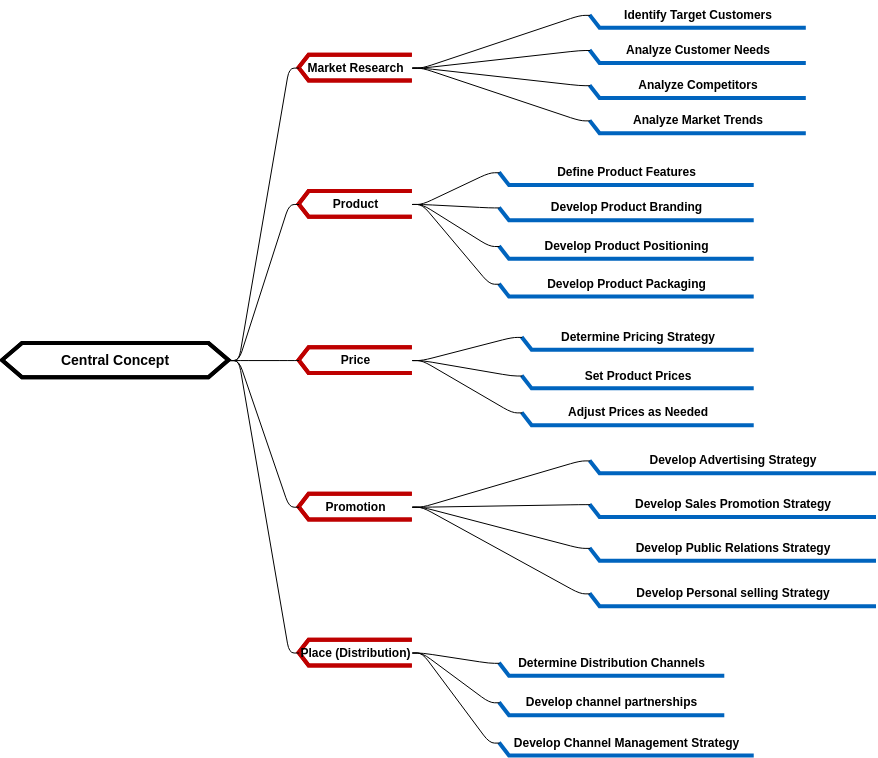Mind map for project planning
overview of the critical components involved in planning a successful project. The Mind Map lists five critical steps, including scope, schedule, resources, risk management, and financial resources.
The first component, Scope, involves defining the project scope and identifying the specific deliverables and milestones. This step is critical as it helps individuals to understand the project's objectives and establish a clear path for achieving those objectives.
The second component, Schedule, involves defining the project timeline and establishing a schedule for completing the project. This step is critical as it helps individuals to manage the project timeline effectively and ensure that deliverables are completed on time.
The third component, Resources, involves identifying the necessary project resources, including personnel, equipment, and financial resources. This step is critical as it ensures that individuals have the necessary resources to complete the project successfully.
The fourth component, Risk Management, involves identifying potential project risks and developing strategies to mitigate those risks. This step is critical as it helps individuals to anticipate potential problems and take steps to minimize their impact on the project's success.
In summary, the Mind Map for Project Planning provides a clear and comprehensive overview of the critical components involved in planning a successful project. By defining the project scope, establishing a project timeline, identifying necessary resources, managing project risks, and allocating financial resources, individuals can plan and execute a successful project. The Mind Map highlights the importance of considering each component in the planning process to ensure that individuals can make informed decisions and take the necessary steps to achieve project success.
Benefits of creating this diagram
Creating a Mind Map for Project Planning offers several benefits. Firstly, it provides a clear and comprehensive overview of the critical components involved in planning a successful project. The Mind Map helps individuals to identify and prioritize key components such as project scope, schedule, resources, risk management, and financial resources. This understanding ensures that individuals can make informed decisions about their project planning approach and take the necessary steps to achieve project success.
Secondly, the Mind Map can be used as a tool for personal and professional development. Individuals can use the Mind Map to identify areas where they need to improve and develop new skills. They can also use it to set goals and create action plans for achieving their project objectives. The Mind Map can be used as a reference tool to track progress and ensure that individuals are on the right track towards achieving their goals.
In summary, creating a Mind Map for Project Planning offers several benefits. It provides a clear and comprehensive overview of the critical components involved in planning a successful project, enhances self-awareness, and helps individuals to develop new skills and achieve their project goals. By using a Mind Map, individuals can develop effective strategies to manage their project planning, prioritize components, and ensure the long-term success of their project outcomes. The Mind Map also emphasizes the importance of identifying potential project risks and developing strategies to mitigate those risks, as well as considering external factors that may impact project success.
Visual Paradigm Online offers a range of customizable mind map templates to suit your individual needs. You can explore their collection and choose a template that best fits your specific requirements.
